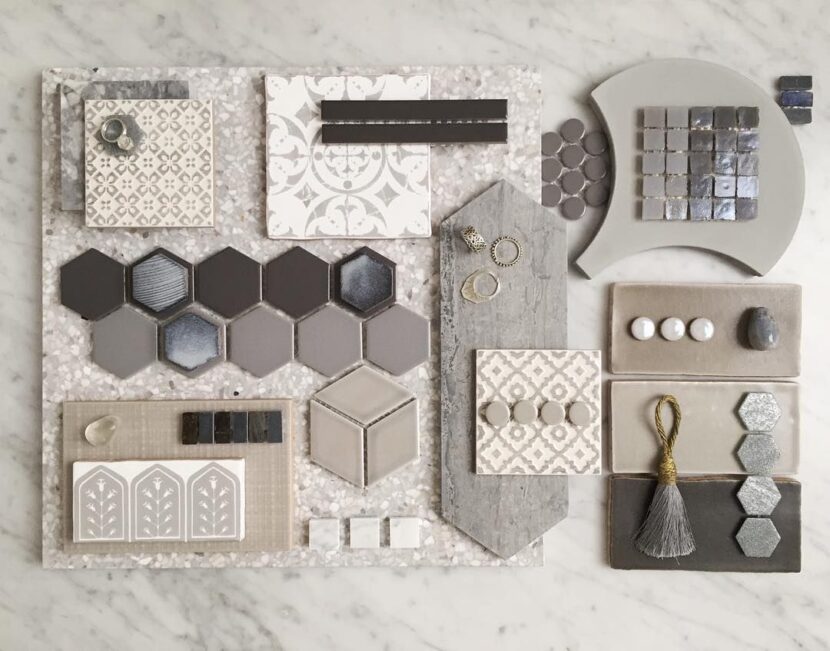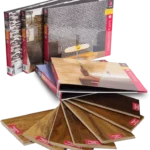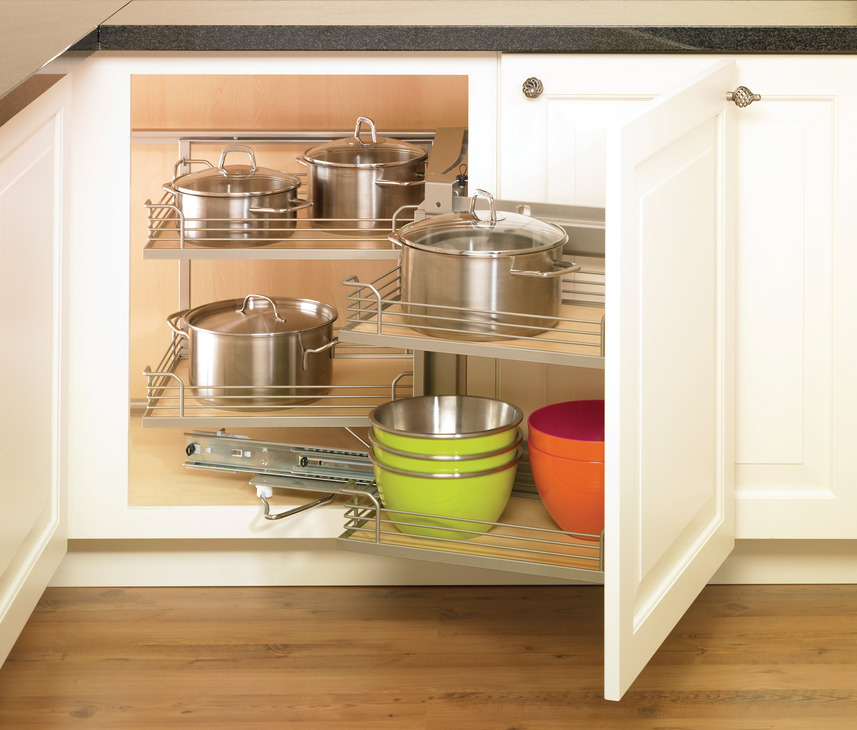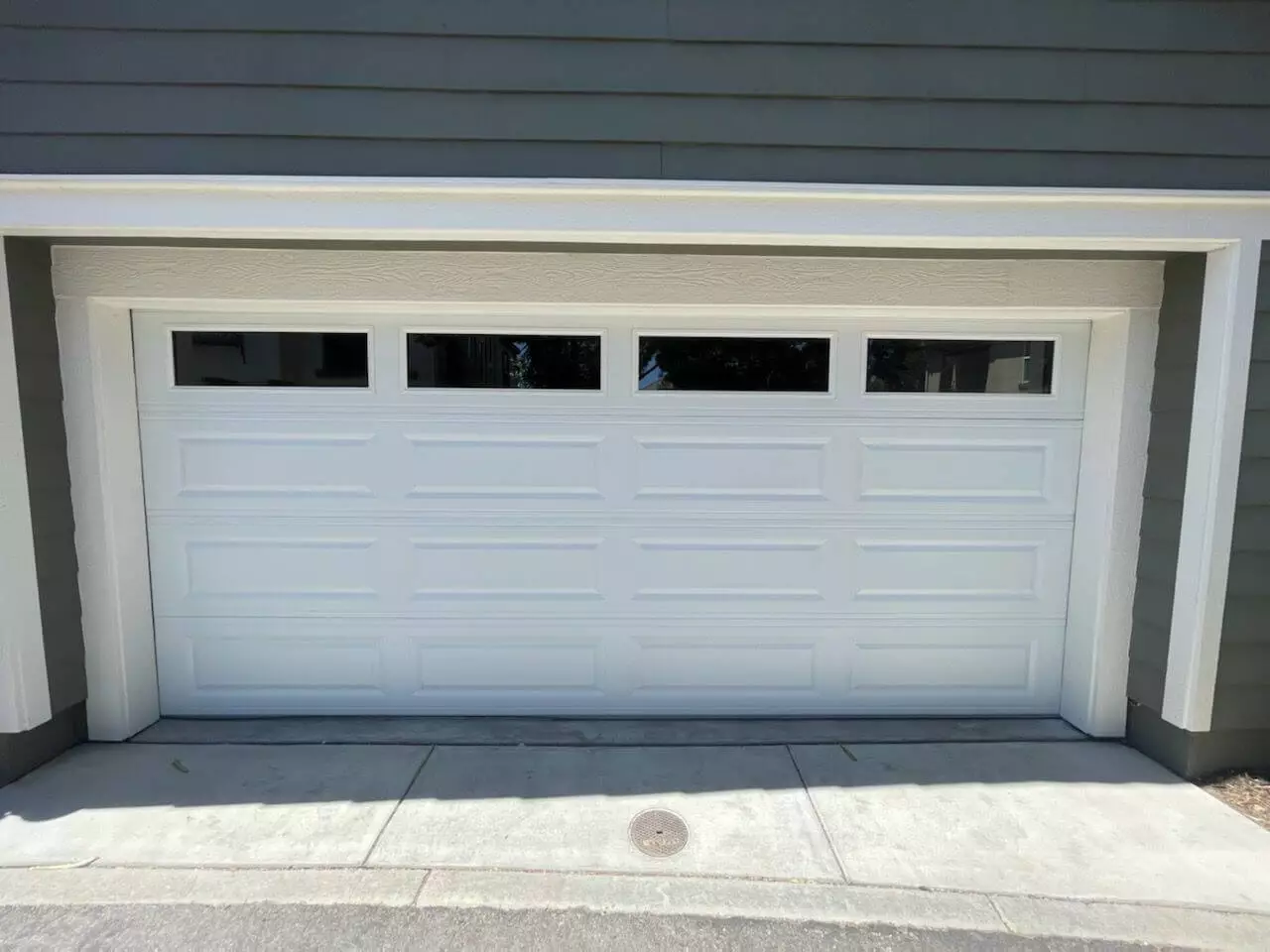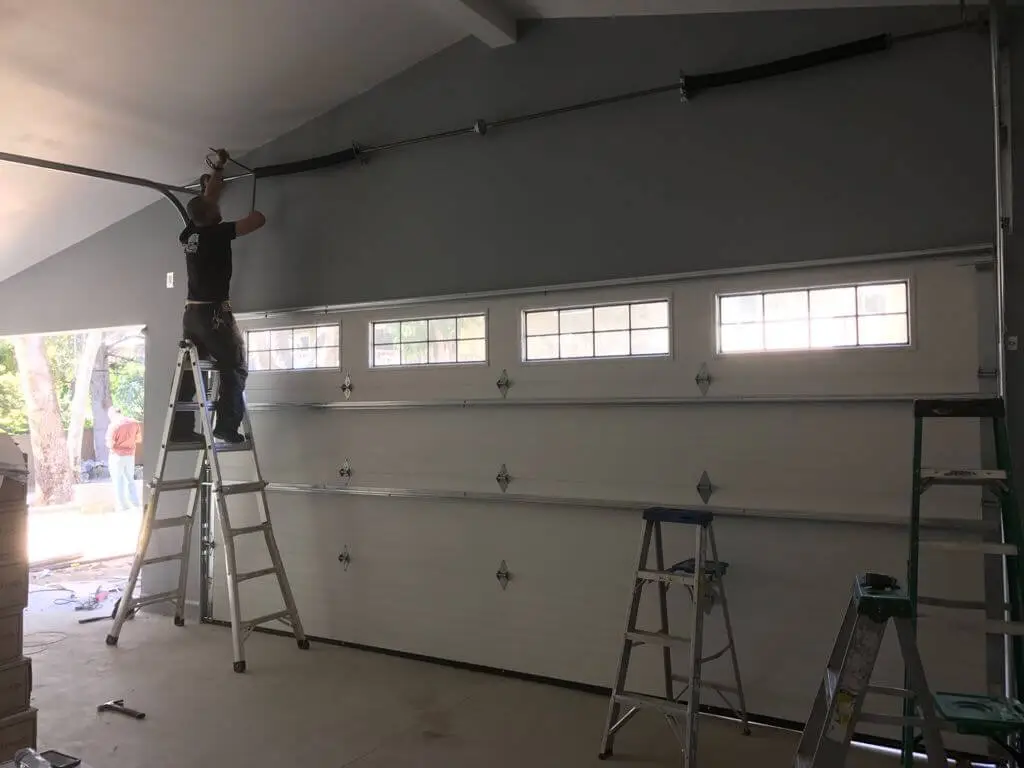In the dynamic world of interior design and home renovation, making informed decisions is essential to achieving the desired aesthetic and functionality for any space. One invaluable tool that aids designers, homeowners, and contractors in this process is the sample board. Sample boards serve as visual representations of design concepts, materials, and color schemes, allowing stakeholders to explore and finalize their vision before implementation. In this comprehensive guide, we’ll delve into the importance of sample boards, how to create them effectively, and their role in streamlining the design process.
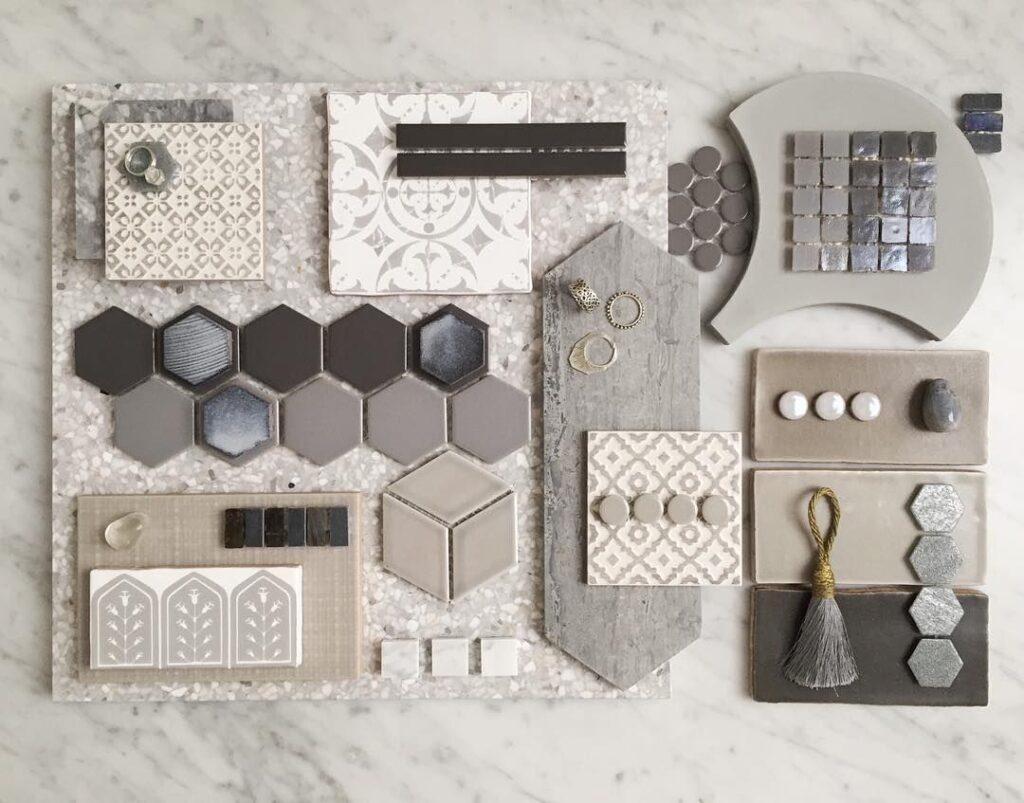
Content
What are Sample Boards?
Sample boards, also known as mood boards or design boards, are physical or digital collages that combine various elements such as fabric swatches, paint samples, flooring materials, and furniture images to convey a cohesive design concept. These boards serve as a tangible reference point for design projects, providing a visual representation of the intended style, color palette, and texture combinations.
Importance of Sample Boards in Design
- Visualization: Sample boards allow stakeholders to visualize design concepts in a tangible format, facilitating better understanding and decision-making.
- Coordination: By bringing together different materials and elements in one place, sample boards help ensure coordination and harmony among various design components.
- Communication: Sample boards serve as effective communication tools, enabling designers to convey their ideas to clients, contractors, and other project collaborators clearly.
- Decision-Making: With sample boards, stakeholders can experiment with different combinations and make informed decisions regarding materials, colors, and finishes.
- Cost-Efficiency: Sample boards help prevent costly mistakes by allowing stakeholders to preview design choices before committing to full-scale implementation.
Creating Effective Sample Boards
- Define the Concept: Start by defining the design concept, theme, or style you want to convey through the sample board. Consider factors such as the intended atmosphere, color scheme, and overall aesthetic.
- Gather Materials: Collect samples of materials, fabrics, paints, wallpapers, and images that align with your design concept. Consider including a variety of textures and finishes to add depth and visual interest.
- Arrange and Experiment: Arrange the samples on the board, experimenting with different layouts and combinations. Pay attention to balance, proportion, and visual flow to create a cohesive composition.
- Consider Scale: Ensure that the scale of the samples accurately reflects their intended use in the final design. For example, furniture images should be proportionate to the space they represent.
- Add Details: Include additional details such as trim samples, hardware options, and inspirational images to enhance the richness and depth of the sample board.
- Review and Refine: Step back and review the sample board critically, making adjustments as needed to achieve the desired look and feel. Solicit feedback from colleagues or clients to ensure alignment with project goals.
Incorporating Sample Boards into the Design Process
- Client Presentations: Use sample boards to present design concepts to clients, allowing them to visualize proposed ideas and provide feedback before moving forward.
- Material Selection: Refer to sample boards when selecting materials and finishes for a project, ensuring consistency and coherence in the design scheme.
- Contractor Collaboration: Share sample boards with contractors and tradespeople to communicate design specifications and expectations effectively.
- Design Development: Use sample boards as a reference throughout the design development process, guiding decisions and maintaining design integrity.
- Marketing and Promotion: Incorporate sample boards into marketing materials and presentations to showcase your design expertise and attract potential clients.
Conclusion
In conclusion, sample boards are invaluable tools in the interior design and home renovation industry, facilitating effective communication, decision-making, and visualization throughout the design process. By creating comprehensive and visually compelling sample boards, designers, homeowners, and contractors can streamline the design process, achieve their desired aesthetic, and ultimately create spaces that inspire and delight. Whether used for client presentations, material selection, or design development, sample boards play a pivotal role in bringing design concepts to life and transforming visions into reality.

A business blog writer at the age of 19, Francis is a jack-of-all trades when it comes to writing. He specializes in content creation for businesses and blogs. With years of experience under his belt, he’s able to provide both written and video content that will engage readers and viewers alike!

